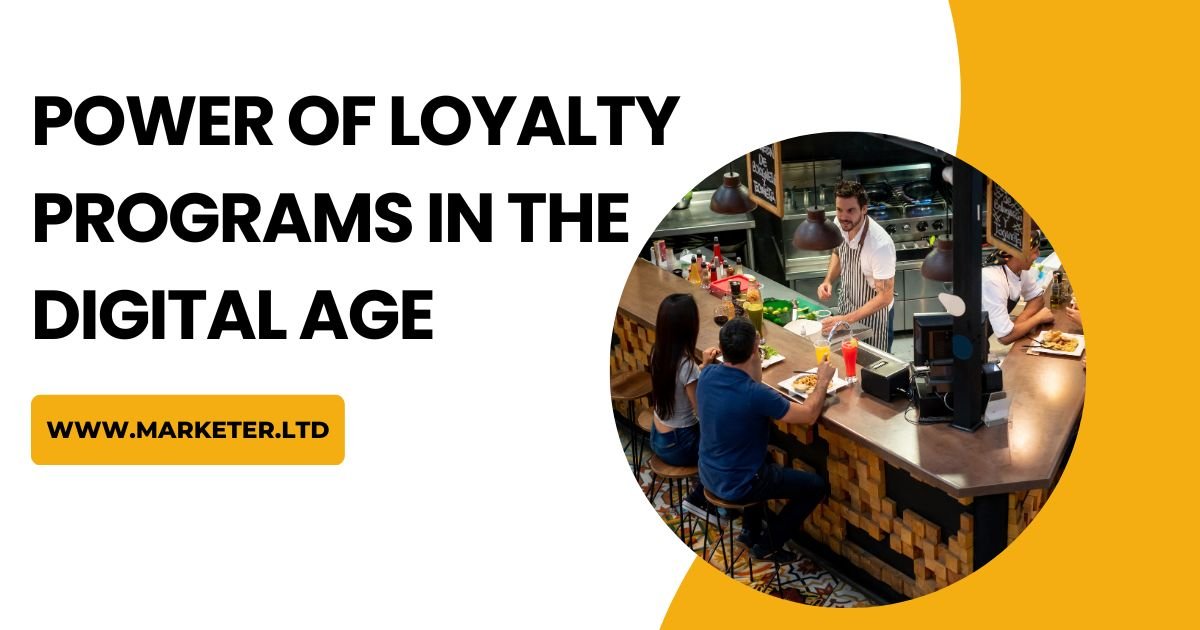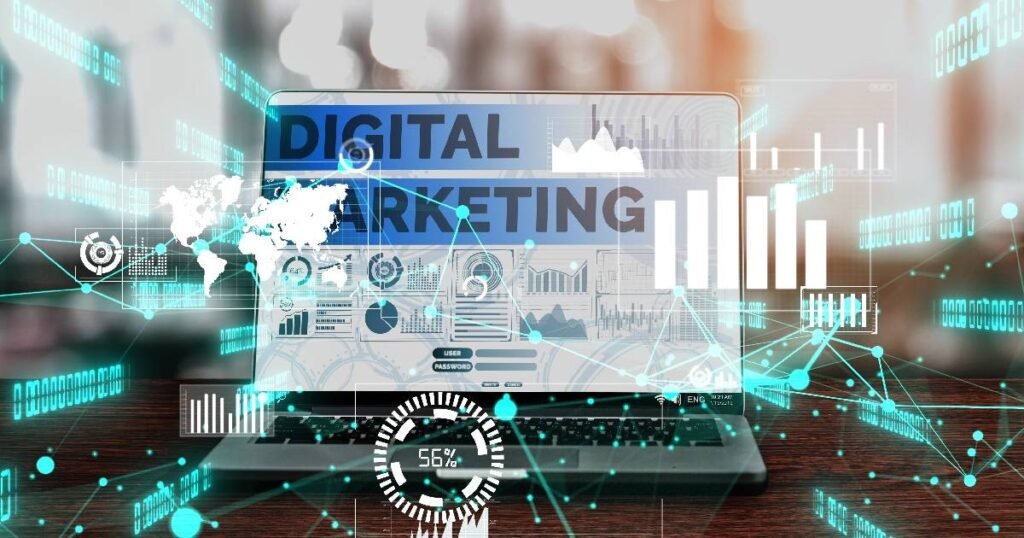Maximizing Mobile Loyalty: Guide to Rewarding Regulars in the Digital Age
Jennifer smiles as she walks into her favorite local coffee shop, Coffee Break Cafe. As soon as she enters, the barista greets her by name and asks if she wants her usual morning latte. Jennifer nods and hands over her smartphone, which the barista scans to apply her rewards points. She’s just 50 points away from receiving a free coffee thanks to the cafe’s digital loyalty program integrated into their mobile app. Experiences like this demonstrate the growing power of digital loyalty programs to connect with customers and drive repeat business.
In today’s digital age, loyalty programs accessed via smartphones provide numerous advantages for both businesses and their customers. Compared to old-school paper punch cards or keychain tags, digital programs are convenient, personalized, and engage customers in an exciting new way. With the ability to gather data and provide tailored incentives, digital loyalty programs have incredible potential to increase brand loyalty and recurring sales. This blog post from experts of restaurant SEO services will explore the varied benefits of implementing a digital loyalty program, strategies to ensure your program succeeds, and the strong correlation between rewarding your regulars and increasing repeat business.
Benefits of Digital Loyalty Programs
One of the greatest advantages provided by phone-based loyalty programs versus traditional paper cards is the wealth of customer data available at your fingertips. Each time a customer engages with your loyalty app, you can gain valuable insights into their behaviors and preferences. Analyzing this data allows you to better understand your customers and tailor special offers or incentives based on their unique interests and spending habits. You can then provide highly personalized promotions to encourage return visits and increased spending.
For example, if data from your coffee shop app shows a customer purchases a large latte every Monday and Thursday morning, you can send them automatic notifications for special Monday deals on larger beverages. They’ll feel appreciated that you understand and cater to their typical purchasing behavior. This level of personalization strengthens the relationship between brand and consumer, making them more likely to stick with your business over competitors.
Another key benefit of digital programs is the multitude of opportunities they provide to connect with customers and boost engagement. The most successful loyalty apps incorporate features allowing customers to earn points for a variety of interactions, not just purchases. Actions like checking in at the store, sharing social media posts about your brand, referring friends, leaving reviews, or even just opening the app can all be rewarded. This gives customers incentives to open your app regularly and check for updates, which keeps your business top of mind.
Sending push notifications for new products, limited-time offers, or point redemption reminders also encourages regular engagement. Your app becomes a platform for direct dialog with your audience – a far more personalized experience than traditional loyalty programs provide. Features like live chat support or comment sections allow customers to ask questions and give feedback directly within the app as well. This two-way communication strengthens relationships and brand advocacy.
Of course, the original purpose of any loyalty program remains driving repeat business through incentives. Digital programs excel in this area by making points exceptionally simple to earn, track, and redeem. No more flimsy paper cards to keep track of or accidentally throw in the wash. All rewards live in one convenient, secure mobile wallet, available anytime.
Many apps even allow in-app point redemption, so customers can instantly claim free items or discounts. This immediacy increases satisfaction and the sense of anticipation for loyal customers watching their points accumulate. Digital programs also facilitate gamification, with different reward tiers (Gold, Platinum, Diamond, etc.) to give customers stretch goals. Competing to reach the next tier or earn bonus rewards drives further engagement and spending. Overall, mobile-based programs make receiving and redeeming rewards more streamlined than ever. This simplicity translates into major brand loyalty, especially for younger demographics accustomed to seamless digital experiences.
Implementing Successful Digital Loyalty Programs
With their multifaceted advantages, it’s no wonder that digital loyalty programs are exploding in popularity across every industry. Their benefits are clear, but proper execution is crucial to ensure your program thrives. Here are some best practices to integrate mobile loyalty features successfully:
Reduce Friction
The most essential step in getting customers to actually utilize your program is minimizing friction during signup and initial use. Ensure the process for downloading your app and registering is quick and hassle-free. Consider allowing registration via social media or automatically enrolling all customers at checkout. Then make earning initial points incredibly easy, like by signing up or adding a valid payment method. You want customers to start engaging immediately and feel that “quick win.”
Provide Varied Earning Methods
To drive continuous engagement, allow customers to rack up points through multiple avenues, not just direct purchases. Every app activity like checking in, leaving reviews, sharing on social, referring friends, playing games, and more can earn points. Surprise point bonuses and monthly double points days add excitement. The more ways to engage, the more addictive the program becomes.
Think Outside the Box on Rewards
Unique, desirable rewards will keep customers striving to earn more points and rise to the next loyalty tier. Offering free products or discounts is an obvious incentive, but think creatively too. Popular options include members-only experiences like classes or events, early access to new products, free add-ons and upgrades, free delivery or shipping, donation matching, sneak peeks and previews, chances to win big prizes, and more. The most coveted rewards encourage social sharing when they’re earned as well.
Personalize the Experience
Use data gathered in your loyalty app to really personalize the program for each customer. Send relevant offers based on purchase history and behaviors. Give surprise bonuses when milestones are reached. Recognize loyal customers on their birthdays or ‘loyalty anniversaries.” Wish them well when ill. The more individually tailored the experience, the deeper customer affinity grows.
Prioritize Mobile Features
Optimize your loyalty program first and foremost for the mobile experience. Members need to easily stay on top of their points balance, browse rewards, make redemptions, and engage in-app. Clear user interface, push notifications, digital passes, scannable codes, contactless point redemption, and mobile wallet integration are all valued features.
Driving Repeat Business with Loyalty Apps
Now that best practices are covered, just how effective are mobile loyalty programs at driving that coveted repeat business? The data and real-world examples make an overwhelmingly strong case for programs’ impact when executed successfully:
It Pays to Reward Frequency
The most basic yet powerful approach to encourage repeat visits is simply rewarding frequency. Programs that offer stamps, points, or perks for every single purchase make customers feel like they have to keep coming back regularly to maximize value. Coffee Break Cafe’s digital stamp card, for example, gives one stamp for every coffee purchased. After ten coffees, the customer earns a free drink of any size. Other programs give points per dollar spent to increase average transaction value. Either system incentivizes habitual purchases.
Members-Only Perks
Sweeten the Pot Restricting special products, conveniences, or experiences exclusively to loyalty program members gives customers FOMO. They don’t want to miss out on member perks so they continuously engage with your brand. For example, the Panera Bread app offers Rapid Pickup orders only for rewards members. Avoiding lines is a huge incentive to sign up and order through the app regularly. Similarly, Starbucks offers Mobile Order & Pay capability exclusively to loyalty program registrants. Prioritizing members makes them feel valued and gives them a reason to keep your app on their phone.
Celebrate Loyalty with Special Events and Bonuses
In addition to ongoing point or stamp accumulation, plan special events periodically to accelerate rewards. These might include birthday bonuses, double points days, or refer-a-friend point boosts. Anniversary and welcome bonuses for new members are also impactful. Coffee Break Cafe sends a buy-one-get-one-free coupon to customers on their one-year app anniversary. Limited-time challenges, like rewards for visiting 5 days in a row or ordering 3 drinks on Fridays, encourage a quick ramp-up in visits and spending.
Fast Track for VIPs
Top-tier loyalty program members should receive priority treatment and exclusive access to convenience features. For example, Starbucks allows customers with Gold Status to order ahead and skip lines. Sephora’s top-tier Rouge members get early access to sales. Think about services like expedited pickup, free delivery, dedicated support lines, or reservations that you can unlock for elite program members only. These perks make achieving higher status incredibly desirable.
Referrals and Social Sharing
People are more likely to engage with brands enjoyed by their friends and mentioned on social media. Digital loyalty programs easily facilitate social word-of-mouth by rewarding customer referrals and social shares. Coffee Break Cafe offers a free drink for both referrer and referee when a friend joins the rewards program. Social contests for showcasing coffee orders on Instagram are common as well. When loyalty leads to advocacy, you multiply program reach and attract new customers.
Conclusion
Customer loyalty is a priceless yet intangible asset that every business seeks to build and maintain. Loyalty programs evolved specifically to drive recurring patronage using psychological principles like rewards, status, and exclusivity. While loyalty programs have existed for decades in simple paper-based forms, digitizing them via mobile apps provides long-term benefits for merchants and enhances experiences for connected, modern consumers.
Digital loyalty programs allow for sophisticated data collection and analysis so that incentives can be hyper-personalized based on each customer’s preferences and purchase history. Mobile apps also facilitate seamless omnichannel rewards redemption and pave the way for exciting gamification opportunities. Members-only perks and surprise bonuses help keep customers engaged in the long term. When constructed strategically, mobile loyalty programs pay off through measurable lifts in repeat visits, average ticket size, referral traffic, and ultimately, customer lifetime value. Even in the growing digital space, human connection remains at the heart of lasting loyalty.
Now is the time for brands to evaluate their customer relationships and consider implementing mobile loyalty programs if they don’t already have one. Though launching an app requires initial investment, the long-term revenue via loyal repeat customers far outweighs the costs. Just be sure to design the program thoughtfully, making joining and engaging a frictionless process. Load it with varied point-earning opportunities, creative rewards and member perks, and continual personalized communication. With these best practices, your digital loyalty program will feel like a VIP club customers can’t wait to join.



